Copyright 2009 by Jill Greenberg All rights reserved. Except as permitted under the U.S. Copyright Act of 1976, no part of this publication may be reproduced, distributed, or transmitted in any form or by any means, or stored in a database or retrieval system, without the prior written permission of the publisher. Little, Brown and Company Hachette Book Group 237 Park Avenue, New York, NY 10017 Visit our website at www.HachetteBookGroup.com www.twitter.com/littlebrown First eBook Edition: November 2009 Little, Brown and Company is a division of Hachette Book Group, Inc. The Little, Brown name and logo are trademarks of Hachette Book Group, Inc. ISBN: 978-0-316-07193-2
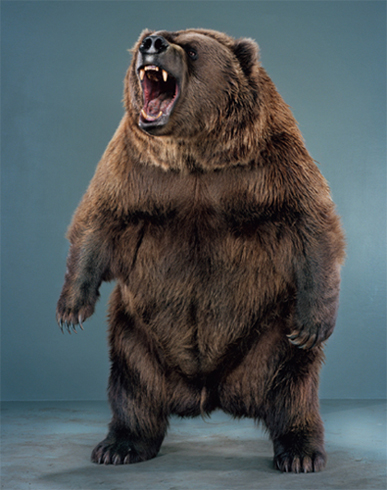
Dont be fooled by what a bear looks like on the outside.
What matters is what is on the inside and if you dont watch out, its going to be you. STEPHEN COLBERT, HOST OF THE COLBERT REPORT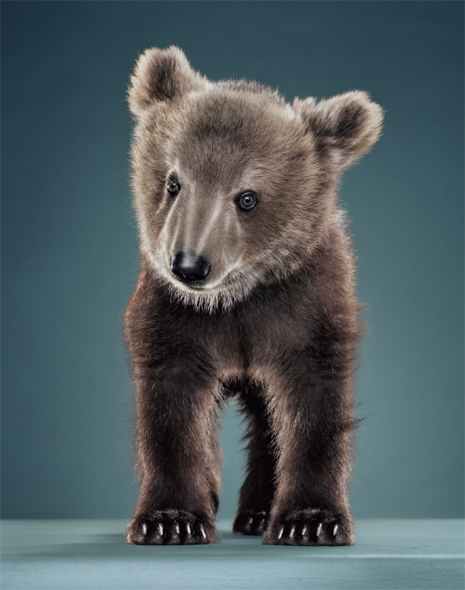 Best bear pictures ever; although, the lack of bearded gay men is a little surprising. TOM ARNOLD, ACTOR, COMEDIAN, TELEVISION HOST These pictures are smarter than the average bear. ELVIS COSTELLO, MUSICIAN, SINGER, SONGWRITER FYI: polar bears dont have white hair, its actually transparent. ED HELMS, ACTOR AND COMEDIAN These pictures make a good case for the theory of evolution. SETH MacFARLANE, ACTOR, COMEDIAN, CREATOR OF THE FAMILY GUY At a bear minimum, I would have to say this book is genius. ASHTON KUTCHER, ACTOR / PRODUCERFor Violet and Zeddy and Rob, my teddy bear
Best bear pictures ever; although, the lack of bearded gay men is a little surprising. TOM ARNOLD, ACTOR, COMEDIAN, TELEVISION HOST These pictures are smarter than the average bear. ELVIS COSTELLO, MUSICIAN, SINGER, SONGWRITER FYI: polar bears dont have white hair, its actually transparent. ED HELMS, ACTOR AND COMEDIAN These pictures make a good case for the theory of evolution. SETH MacFARLANE, ACTOR, COMEDIAN, CREATOR OF THE FAMILY GUY At a bear minimum, I would have to say this book is genius. ASHTON KUTCHER, ACTOR / PRODUCERFor Violet and Zeddy and Rob, my teddy bear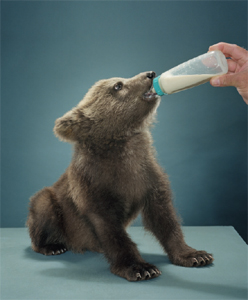
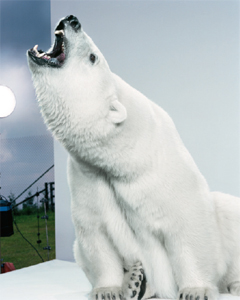
I started planning this collection of bear photographs in the summer of 2006.
ASHTON KUTCHER, ACTOR / PRODUCERFor Violet and Zeddy and Rob, my teddy bear

I started planning this collection of bear photographs in the summer of 2006.
It was just after exhibiting End Times, a series of portraits depicting children crying. The return to animal portraiture was in reaction to the vitriol directed at me in response to End Times. It felt safer to photograph these huge predatory beasts than the tiny but emotional toddlers who had the angry bloggers up in arms. As I embarked on the project, I intended to show epic bear power, their animalistic rage as an analogy to the human behavior I was experiencing. I had discovered that Ruth La Barge in Alberta, Canada, had some of the best close contact bears in the world, and that I could shoot intimate portraits of them with my outdoor studio lighting setup. This setup requires an animal that can (a) stay on a mark for long periods of time while (b) not eating me or my crew.
In August of 2006 I flew up to Calgary for my first shoot with six different bears: five Kodiaks and one black bear. I went for a brief tour of the compound just after arriving, and Ruth introduced me to the various bears. When she asked the twenty-five-year-old, eight-foot-tall Kodiak Ali Oop to give me a kiss on the cheek, I realized I would survive the project. The next morning, as we began to shoot, I was examining my Polaroids; I was surprised to discover that the bears didnt look alive or real in the pictures. I dont think I had ever seen such a close-up, artificially lit bear picture; it was amazing to be able to examine the details of each bears face and even the teeth inside their mouths. Usually when you are that close to a bears mouth its the last thing you see.
As the project continued and I photographed other bears, I realized I had to include a polar bear for reasons beyond their inherent beauty. Polar bears are short-timers on this planet, with probably twenty-five more years before they exist only in zoos. They are the canaries in the coal mine of global warming, and their world is being devastated. I believe that the consequences of their loss of habitat will soon become all too apparent to us as well. I found a working polar bear named Agee outside Vancouver with her own private pool and personal compound. Mark Dumas, her owner, splits his time between there and California, where he also owns Koda, a massive 1,600-pound grizzly bear.
The reason for the two homes is that U.S. authorities wont let Mark bring Agee into the country, so she is resentful of Mark every time he has to leave and for a while after he returns. Agee gets so possessive of Mark that she wont work directly with other women. Thus, while on the set with Agee, I was forced to communicate with Marks wife, who would in turn talk to Mark, who would in turn tell Agee what to do. She was definitely the scariest bear I photographed. Polar bears are the most vicious predators on the planet.
Luckily for me, all of these animals are raised from birth to think that their trainers are their parents or, in some cases, their girlfriends. That the bears would sit like adorable Teddy bearsalbeit Teddy bears with huge claws that could tear your flesh in an instantand also stand on their hind legs and growl silently on cue, was surreal and amazing to me. One of my favorite shoots was with Amos, the baby bear cub. I actually photographed him in the living room of our house just after I shot the young actress Abigail Breslin for New York magazine. Needless to say, she stayed on to see the adorable cubas well as the chimp the trainer had brought along. During the shoot, the chimp played in my childrens play structure in the backyard.
Amos was solid and his hair coarse, not soft as I had imagined, and although he was just a four-month-old he was quite dangerous, too. To this day my son, who is three, asks if there is a baby bear coming to the house when I do a portrait shoot at home. For the most part I make my living photographing well-known people. However, I have done animal portraits since I was very young. In fifth grade I was shooting pictures of my West Highland white terrier, Plato, with Vaseline on the lens, among other techniques. Now, for my creative work, I photograph trained animals with studio lighting in traditional portrait setups to explore and draw parallels with human qualities and behaviors.
The veneer of socialization and intelligence that sets us apart from many other animals is just thata veneer. In 2001, when I began the series of photographs that became Monkey Portraits, it was to show the striking similarities of character and personality between us and other simians. In photographing bears, I was looking to reflect the angry criticism that had been anonymously pointed my way. But that intent changed as the project grew. I learned to see the duality of the bears nature, the irony in the misleadingly innocent outward appearance they often exhibit. This in turn brought to mind societys misguided anthropomorphization of all animals, and our denial of their true nature.


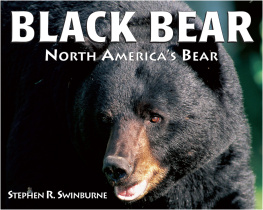
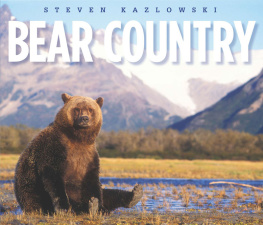

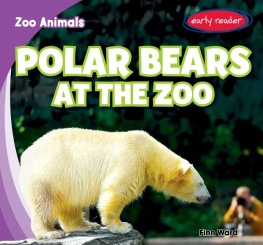
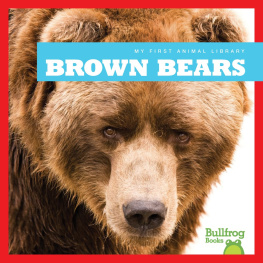
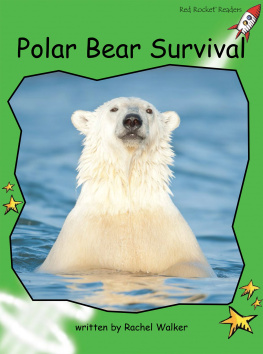
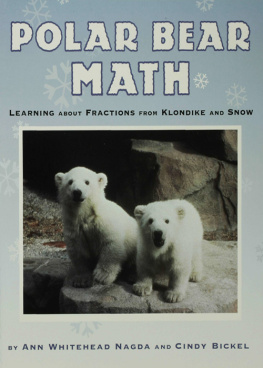
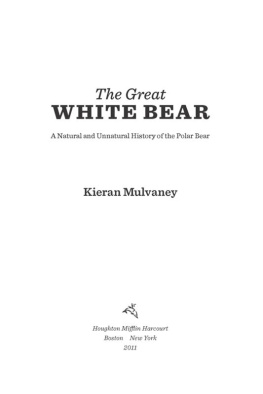
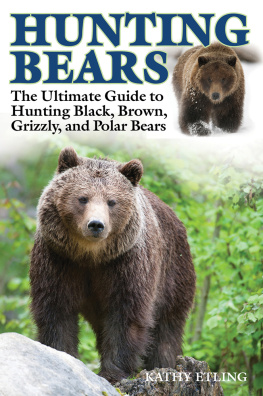
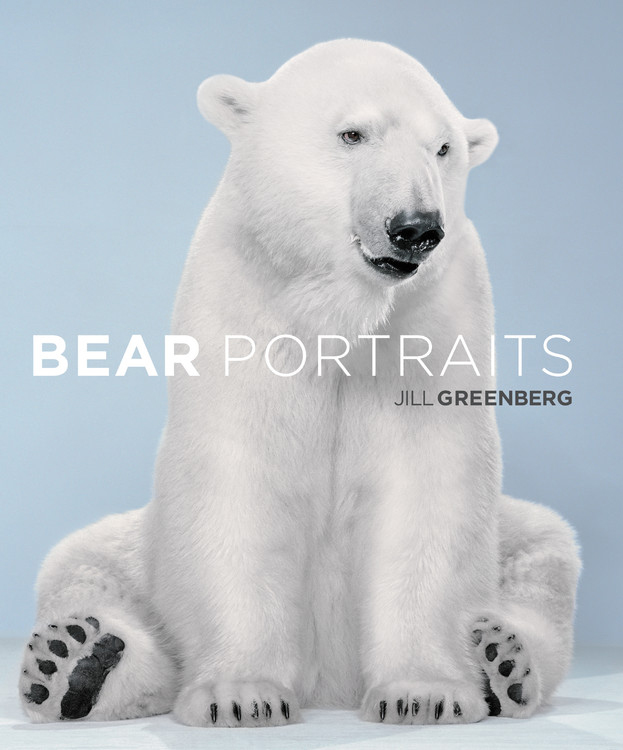
 Dont be fooled by what a bear looks like on the outside.
Dont be fooled by what a bear looks like on the outside.  Best bear pictures ever; although, the lack of bearded gay men is a little surprising. TOM ARNOLD, ACTOR, COMEDIAN, TELEVISION HOST These pictures are smarter than the average bear. ELVIS COSTELLO, MUSICIAN, SINGER, SONGWRITER FYI: polar bears dont have white hair, its actually transparent. ED HELMS, ACTOR AND COMEDIAN These pictures make a good case for the theory of evolution. SETH MacFARLANE, ACTOR, COMEDIAN, CREATOR OF THE FAMILY GUY At a bear minimum, I would have to say this book is genius. ASHTON KUTCHER, ACTOR / PRODUCERFor Violet and Zeddy and Rob, my teddy bear
Best bear pictures ever; although, the lack of bearded gay men is a little surprising. TOM ARNOLD, ACTOR, COMEDIAN, TELEVISION HOST These pictures are smarter than the average bear. ELVIS COSTELLO, MUSICIAN, SINGER, SONGWRITER FYI: polar bears dont have white hair, its actually transparent. ED HELMS, ACTOR AND COMEDIAN These pictures make a good case for the theory of evolution. SETH MacFARLANE, ACTOR, COMEDIAN, CREATOR OF THE FAMILY GUY At a bear minimum, I would have to say this book is genius. ASHTON KUTCHER, ACTOR / PRODUCERFor Violet and Zeddy and Rob, my teddy bear
